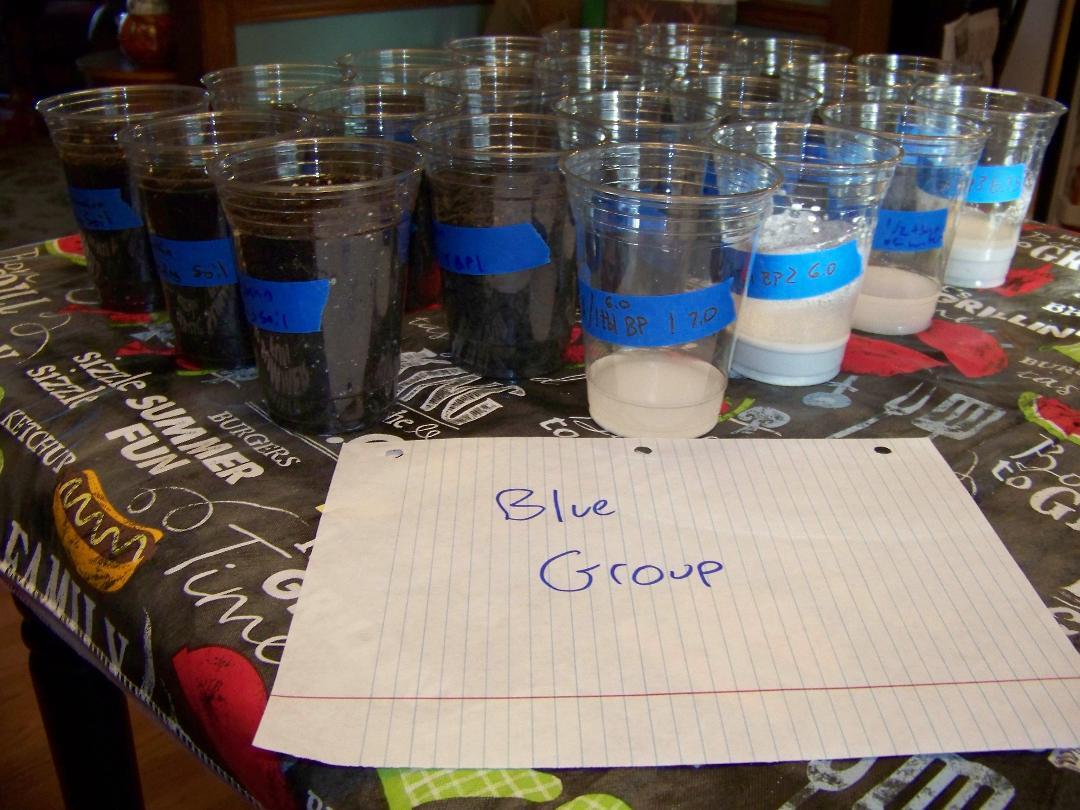The Miracle Formula
Does the amount of each ingredient and pH of chemical fertilizer affect how tall a soybean, watermelon, or pumpkin plant grows?
Student
Adam Kauh; Joel Cheruiyot
Supporting files
the-miracle-formula-final-report.pdf
The purpose of this investigation is to find out how the pH and amount of each ingredient in a chemical fertilizer would affect the height of soybean, watermelon, and pumpkin plants. It is expected that fertilizers containing more nitrogen will increase growth. This experiment involved many steps, because the method and procedures changed after test group one, Red Group, failed to grow. The procedure involved mixing fertilizers, adding them to soil, planting the seeds, and watering. The independent variable was the fertilizer used and the dependent was the height of the plants. After analysis and research on the subject, as well as pH testing, it was discovered that fertilizer pH was too high in the Red Group. The ratios were changed, and the plants were restarted as test group two, Blue Group. The data that will be collected will be the height (cm) of the plants. It was found that the data did not support the hypothesis.
It was found that the custom ratio containing ammonia grew only one centimeter shorter than plants with conventional fertilizers. Price points were calculated, and fertilizer Ratio 4 was found to be $0.71 less per pound than conventional fertilizers, including topsoil. According to Michigan State University, soybeans use 48 pounds of fertilizer per acre. This means farmers would save $39.04 per acre. When put in perspective with a 1,000-acre farm, the savings are $39,040. Soybeans are the United States’ most-produced crop and decreasing soybean prices will become invaluable.

